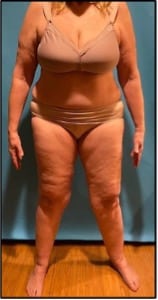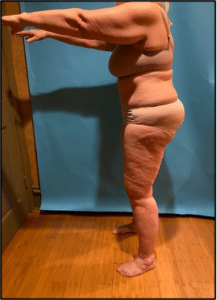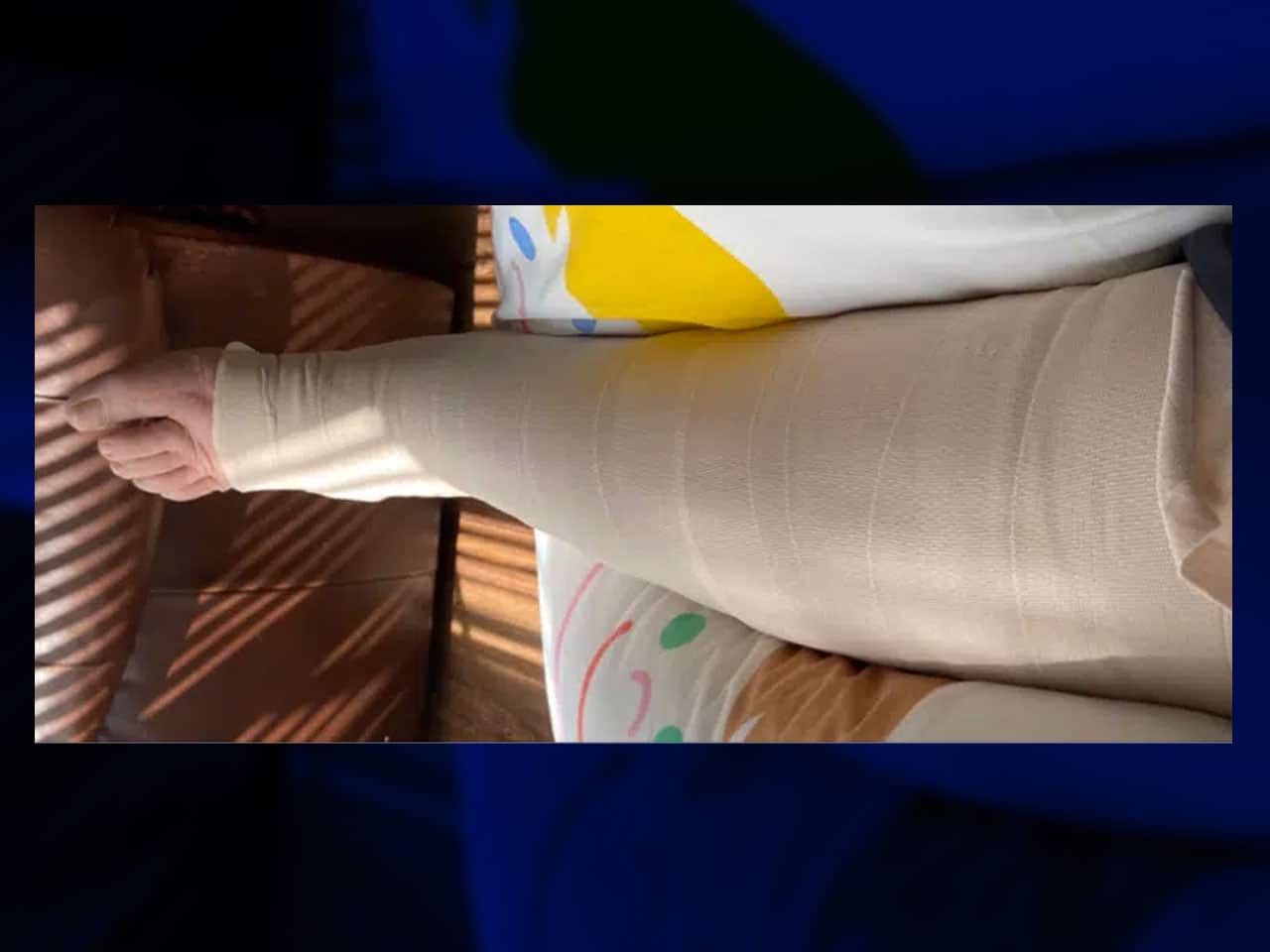As pointed out in articles on this website written by Kelly Sturm and myself, Lymphedema and other chronic lymphatic dysfunctions such as Lipedema and Chronic Venous Insufficiency are physical challenges without cure and with significant physical impact. To ensure the patient’s highest quality of life when trying to understand why swelling is occurring and not resolving, or after a diagnosis of Lymphedema, Lipedema, CVI or another lymphatic dysfunction, it is important to develop a relationship with a Certified Lymphatic Therapist (CLT). After initial care, there is a need to develop a set of habits that support maintaining the benefits you achieve in treatment. But how do you go about finding the partnership you will need to receive care, education and support as you move forward with a chronic condition into a satisfying life?
There are a variety of ways to find a therapist if you suspect that this diagnosis applies to you. And those have been outlined in some previous articles. I suggest reading Kelly’s blog entitled How to Get Lymphedema Therapy for a list of resources and a detailed discussion regarding the condition and the traditional approach to therapy.
My setting is a bit unique, so I will describe a variety of different scenarios in a series of articles. Today I’d like to address one of the various pathways that have led Lipedema patients to me, and a particularly interesting patient who is passionate about sharing her story for the benefit of others.
My Clinical Setting
Although I worked in a dedicated Lymphedema clinic in my early career treating lymphatic dysfunction, I now see patients in an Integrative Health Care clinic at a major medical center, and in my home-based private practice. My patients and clients have chronic conditions including chronic pain and various other chronic illnesses. Some come in for maintenance care for lymphatic dysfunction, having completed care in the lymphedema clinic. Some others come in with chronic pain and without knowledge of why they tend to swell up frequently. In many of these cases, I am the first provider to notice that the patient may fit the profile for Lipedema. But how did they get to me and what do we do now? The answer is that it is different for each patient.
Challenges in Obtaining Diagnosis and Treatment for Lipedema
First of all, there is limited knowledge of this condition, often making it difficult for a patient to even receive a diagnosis. Many may suffer with pain and diet-resistant fat gain, easy bruising and other functional challenges for years without any medical provider mentioning Lipedema. Others have told me that they were leaving a visit with a doctor when they were handed a piece of paper and told “this is your diagnosis”, without a referral to a therapist and without compassionate discussion regarding the options for management or treatment. Their frustration is palpable and understandable.
Best Case Scenario
In the best of these situations, the patient is given a referral to a vascular specialist with knowledge of Lipedema and then on to a Lymphedema clinic or another setting with a CLT. The type of Complete Decongestive Therapy they then receive may look a bit different than that of a Lymphedema patient who does not also have Lipedema, as sometimes the multi-layer bandaging component is not needed to reduce the edema, but either way, a CLT should be able to assess the stage of the condition and to guide the patient into management strategies including but not limited to exercise options, self MLD, compression garments and pneumatic pumps. But clinical care cannot go on forever as insurance coverage has limits, and a patient may seek a therapist for maintenance. This is recommended in many of the Lymphedema clinics in my area. And as a massage therapist CLT, this is often where I come in, and I receive many of these referrals.
I wrote about the importance of the Massage Therapist CLT in the continuum of care for Lymphedema in 2022. These same concerns hold true for Lipedema. So, I try to make sure that I am active in my community, that I have a website with information as to my skills and experience, and that the local Lymphedema clinics are aware of me and can provide my number to their patients. It’s also important that I know of and maintain relationships with other MT CLTs in my area so that I can help these patients find care if I’m unable to serve them due to availability or location.
An Interesting Case

This patient had a rapid and positive response to the treatment and was able to transition to compression garments pretty quickly; that was definitely an easier way to manage her daily activities as she still had to also deal with the ostomy bag at that time, until eventually she was able to have a revision and live without the bag. But as she continued to come in for maintenance therapy for the Lymphedema with massage techniques including Manual Lymphatic Drainage, along with fascial release and scar tissue massage, we noted that she had a particular type of fat on her legs. Quilted-looking, nodular-feeling, tender, frequently bruised without a remembered impact, and, although she was not particularly large, a conformation of increased fat on the thighs, buttocks and upper arms. She also had a “cuff” of fat at her ankles. It became clear that she likely had a Lipedema diagnosis as well.

She eventually saw a vascular doctor at our medical center who officially diagnosed the Lipedema and with that in her medical record, was able to obtain Liposuction from a specialized plastic surgeon. These multiple interventions have led to decreased pain and increased function. She is a busy mother of 4 who also is very active in community service. Her own pain and dysfunction were limiting a passionate and active lifestyle. I’m proud that through finding me in my medical setting and with my referrals, she has become engaged with both massage therapy and physical therapy. She has discovered that, having developed healthy exercise, self-care and nutritional habits, she no longer feels that her own health is compromising the dedication she has to others.
What Is the Typical Experience? What Kind of Resources Are There?
But this patient is not typical. And in some ways, there is no typical journey for the Lipedema patient to find me or another qualified therapist.
So again, how does a patient find their way to my care when seeking services to manage Lipedema? There is no clear path. If you are struggling with this condition and seeking care, or if you know someone who is, I am here to help you in your search, as it can be tricky. If you are seeking a diagnosis, discussing with your Primary Care Provider (PCP) is a good place to start, but you might want to bring along some educational materials to share with them as the word about this condition is still being spread. A vascular surgeon may or may not have better awareness. Organizations such as The Lipedema Foundation, The Lipedema Society, Lipedema.comand The Lipedema Project among others will offer lots of information on this topic and you can be part of the revolution in health care for these patients by participating in educating your doctors!
If you live somewhere that does not have easy access to a Lymphedema clinic or other CLTs, you can consider health coaching online with me or with another Lymphatic trained Health and Wellness Coach. Health Coach CLTs can offer some virtual care and training to assist you to the best of their ability remotely. Each patient has unique presentations, symptoms and co-existing additional medical concerns. You do not have to do this alone. Please reach out if I can offer any assistance.

